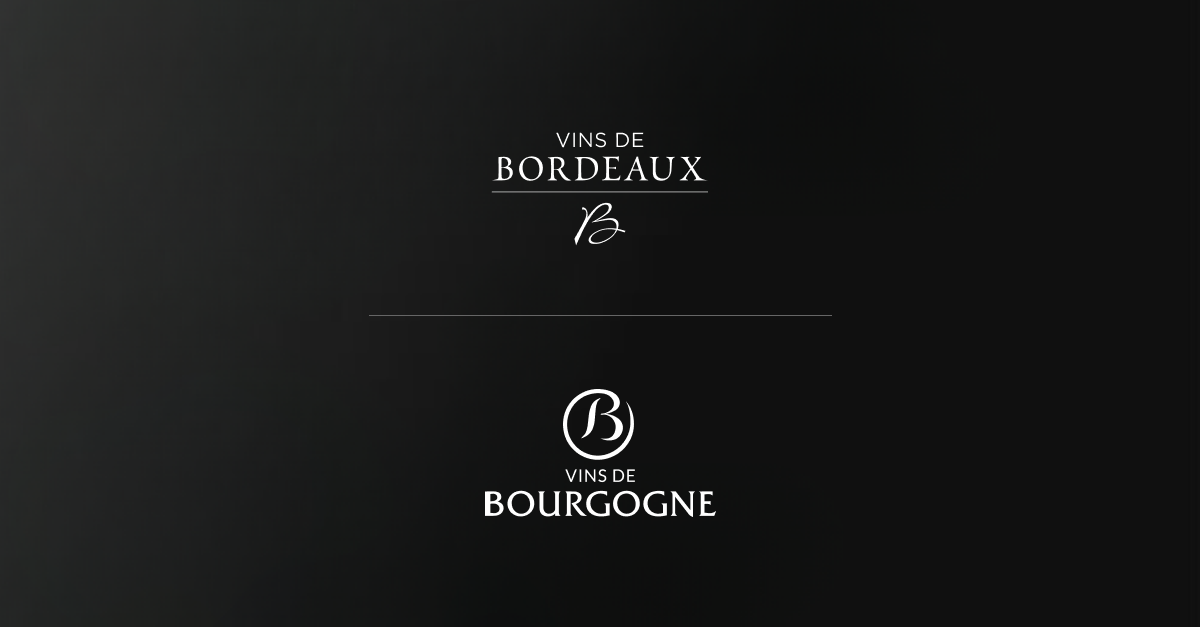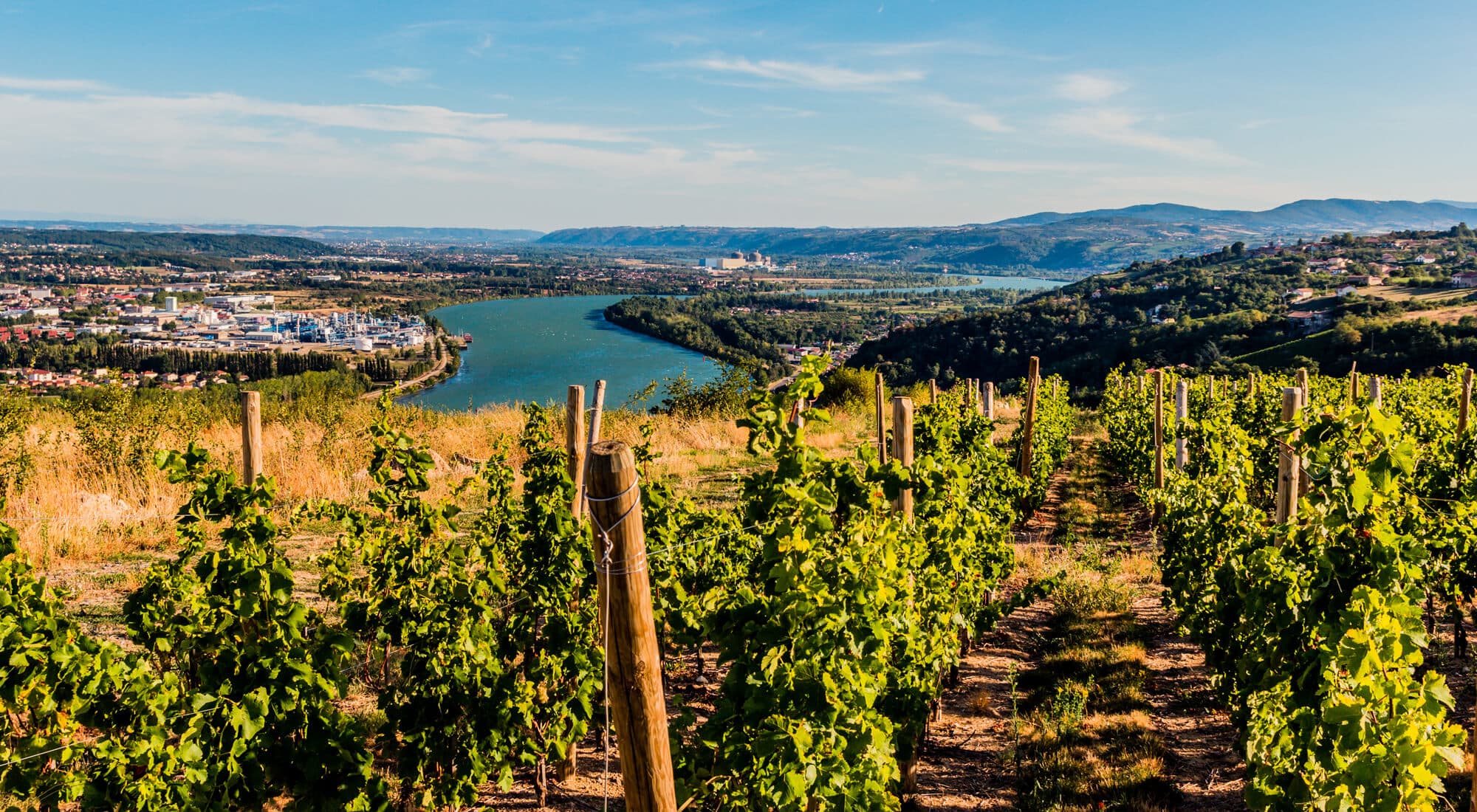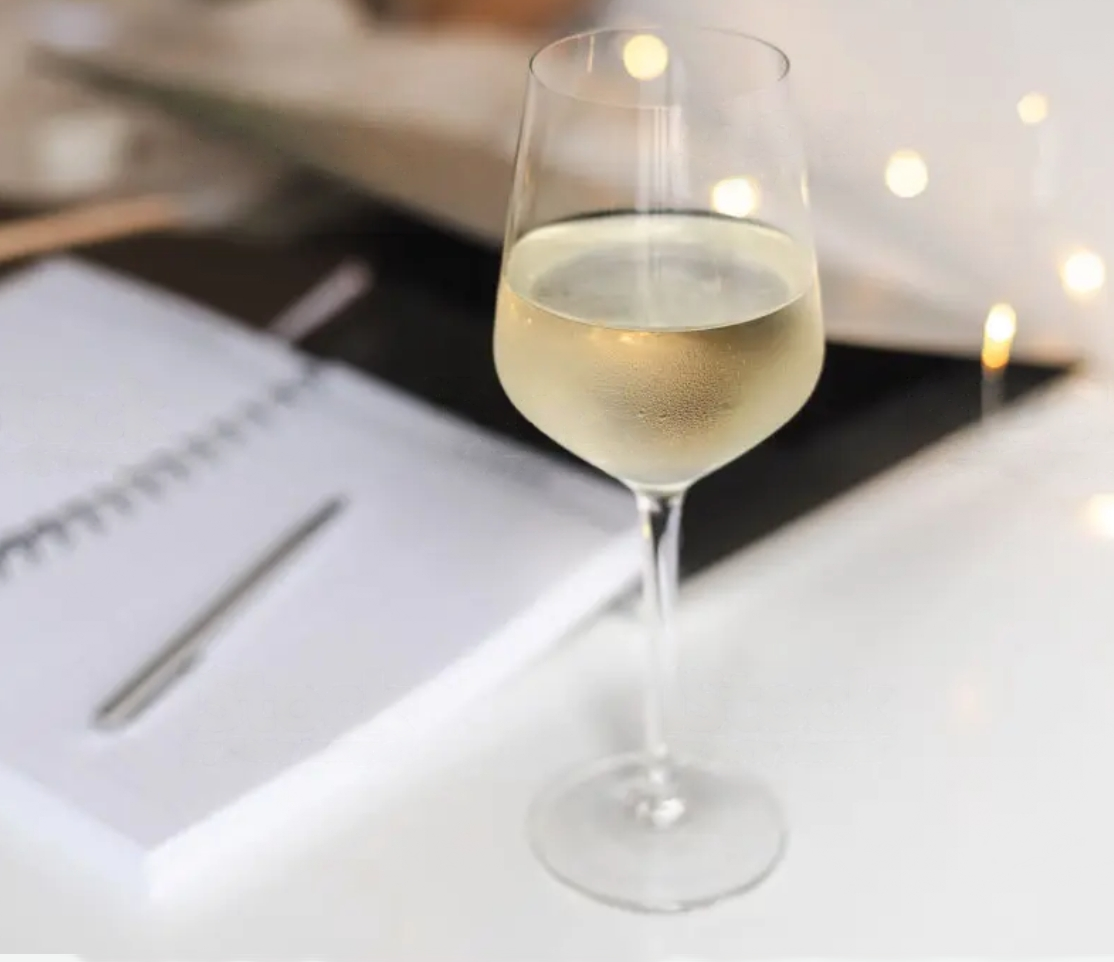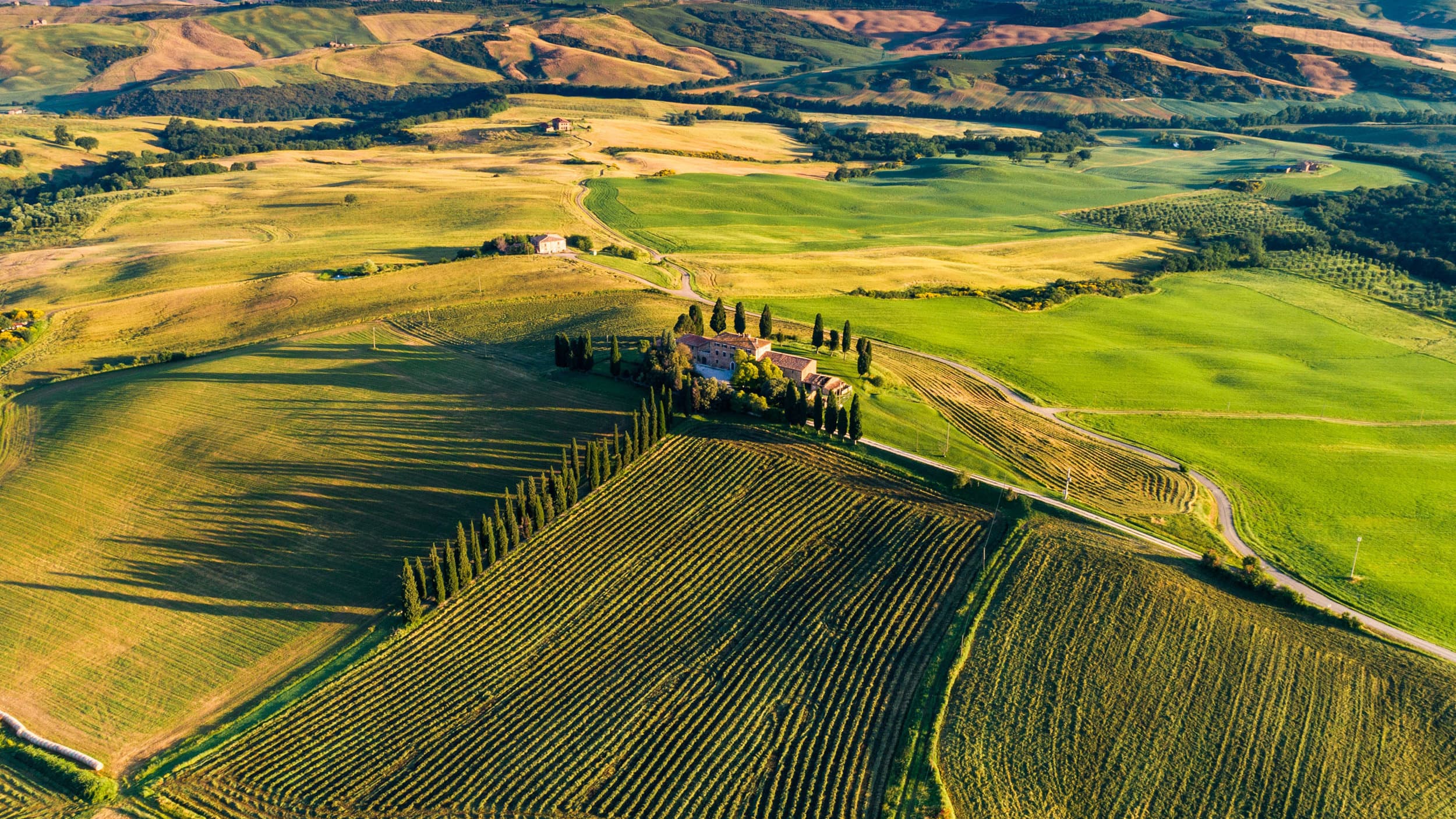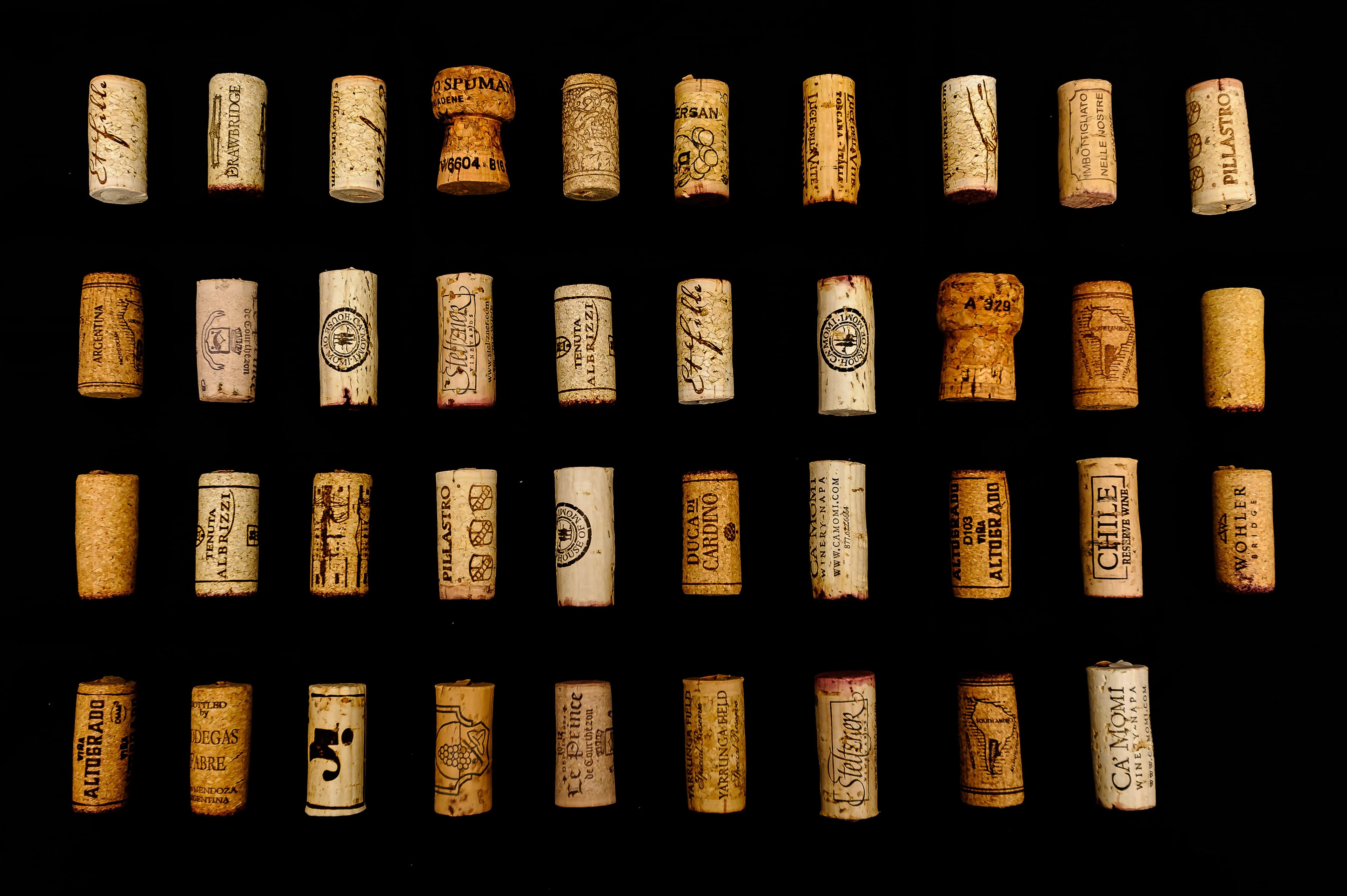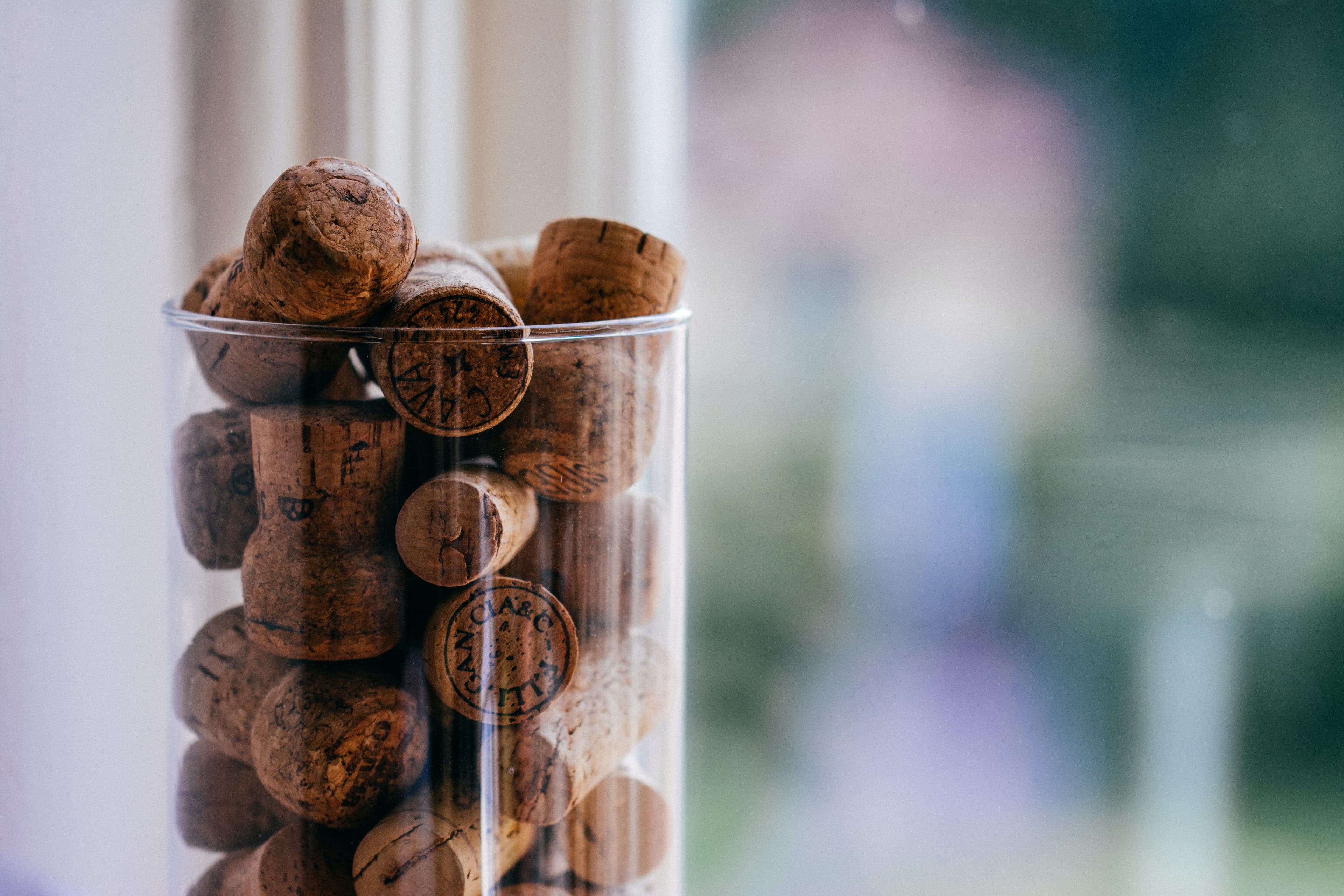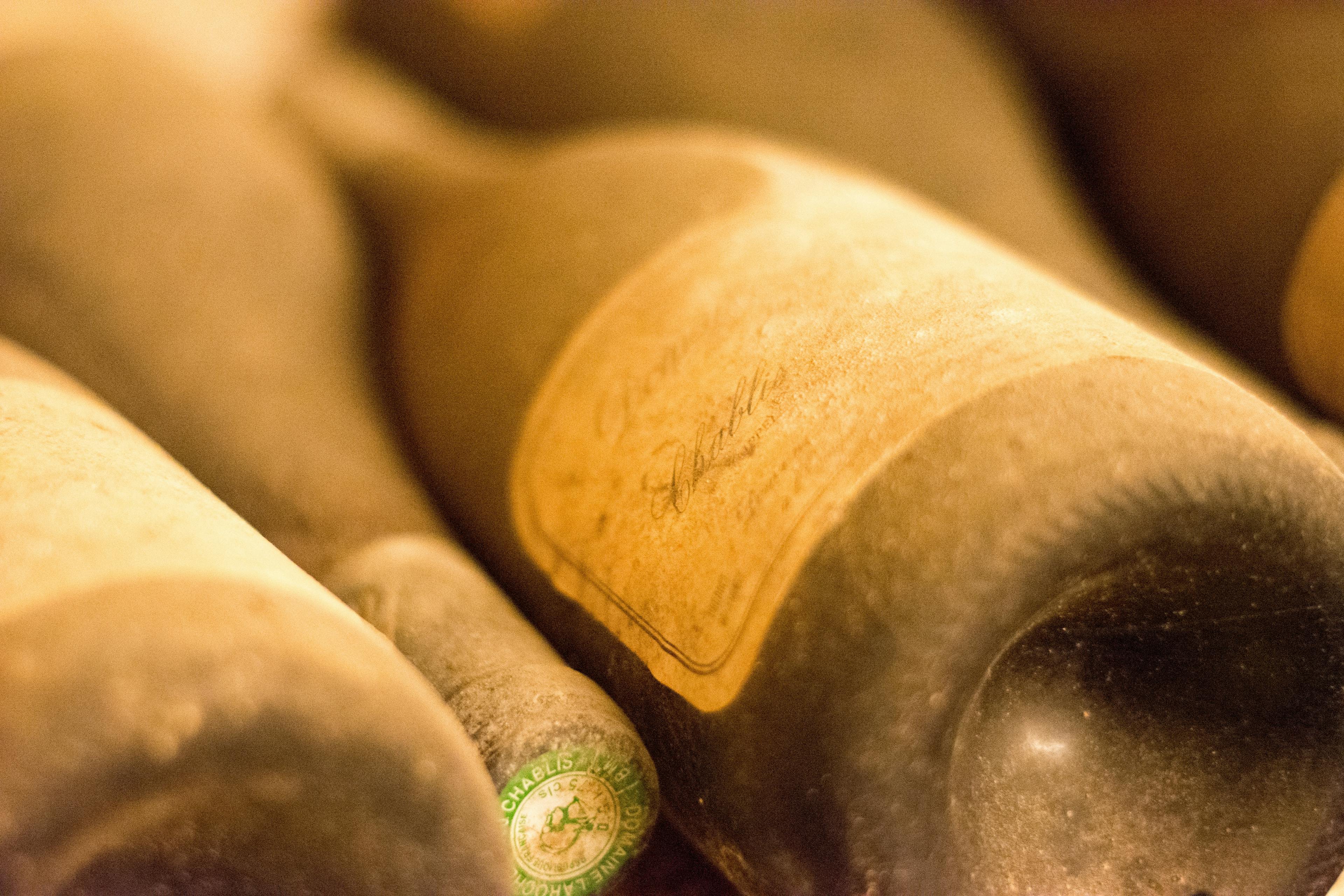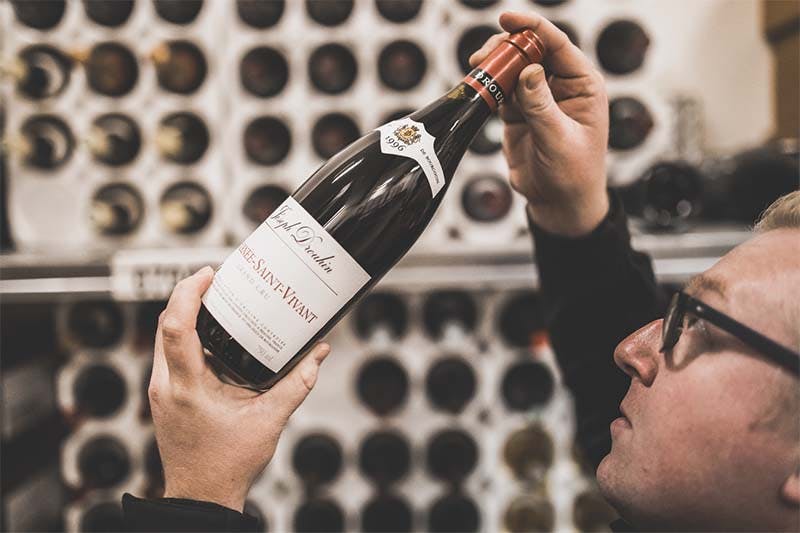
Discover the unique taste profile of Domaine Georges Roumier, a name synonymous with quality and elegance in the world of wine. Nestled in the heart of Burgundy, France, this esteemed winery has been producing some of the most sought-after wines for generations. Each bottle from Domaine Georges Roumier is a testament to the meticulous care and traditional winemaking techniques that define this iconic label. From the delicate aromas to the complex flavors, every sip promises a journey through the rich history and passionate craftsmanship of this celebrated winery.
Profile of a Classic Domaine Georges Roumier Red
When enjoying a classic Domaine Georges Roumier red, connoisseurs can expect a symphony of complex flavors and aromas that define the essence of fine Burgundy wines. These wines are renowned for their remarkable balance and depth, featuring layers of fruit, earth, and spice notes. Here’s what sets them apart:
Fruit Profile: Typically, these reds showcase a rich palette of red and black fruits, such as cherries, raspberries, and blackberries. The fruitiness is elegantly intertwined with subtle hints of floral undertones, often violet or rose, enhancing the wine's aromatic complexity.
Earthiness: A signature characteristic of Domaine Georges Roumier is its pronounced earthy qualities. Notes of damp forest floor, mushrooms, and truffles are prominent, reflecting the terroir of the vineyards in the Côte de Nuits region.
Spice Accents: Aging in oak barrels imparts a gentle touch of spice, with nuances of vanilla, clove, and cinnamon. These spice elements are delicately woven into the wine, contributing to its overall structure and longevity.
Texture and Finish: On the palate, these wines are known for their velvety texture and robust yet refined tannins. The finish is long and persistent, leaving a lasting impression of elegance and sophistication.
The Flavor Spectrum of Domaine Georges Roumier Whites
The flavor spectrum of Domaine Georges Roumier whites is renowned for its complexity and elegance. These wines, primarily crafted from Chardonnay grapes, exhibit a balance that is both refined and expressive. On the palate, one can expect a symphony of flavors that range from crisp green apple to lush pear, often complemented by a subtle hint of oak. This integration of fruit and wood is a hallmark of Roumier's winemaking technique, which emphasizes terroir and minimal intervention.
Minerality: A distinct mineral streak is often noted, reminiscent of the limestone-rich soils of Burgundy. This feature adds a refreshing sharpness that enhances the wine's overall structure.
Acidity: High acidity is another key characteristic of these whites, lending a vibrant and energetic quality that makes them excellent partners to food.
Aromatic Complexity: Aromas range from floral notes, such as white blossoms, to more nuanced hints of spice and almond, evolving beautifully with age.
Each bottle from Domaine Georges Roumier promises a unique exploration of Burgundy's rich viticultural heritage, making every sip a memorable experience.
Identifying Notes of Terroir in the Wine
When tasting Domaine Georges Roumier wines, discerning the unique notes of terroir is essential. These wines, celebrated for their complexity and depth, often reveal a distinct profile that reflects the specific characteristics of their vineyard origins. Key elements to identify include:
Minerality: This is often sensed as a flinty or wet stone quality in the wine, particularly prevalent in those sourced from chalky soils.
Fruitiness: Depending on the vintage, the wines might exhibit a range of fruit notes from tart red berries to lush black cherries. This spectrum is largely influenced by the climatic conditions of the growing season.
Vegetal Components: Subtle hints of forest floor, mushroom, or herbal notes can indicate the biodiversity of the vineyard and its surrounding environment.
Spice Accents: Nuances of clove, cinnamon, or pepper might be detected, often derived from the specific oak barrels used during the aging process.
Understanding the history of Domaine Georges Roumier enhances appreciation for how these terroir-driven characteristics are deeply intertwined with traditional winemaking practices. Each sip offers a narrative of the land and the legacy of the Roumier family's dedication to expressing it authentically through their wines.
The Evolution of Taste in the Glass
As you pour a glass of Domaine Georges Roumier, the initial aromas and flavors might seem straightforward, but with time, they evolve, revealing layers of complexity. This transformation is particularly noticeable in their Chambolle-Musigny wines, which start with fresh, fruity notes and gradually unveil deeper, earthier undertones. The evolution in the glass is a journey through the wine's life, showcasing how elements like oxygen interact with the wine's components to enhance its character.
Initial Pour: Bright cherry and raspberry aromas dominate, offering a crisp and inviting start.
After 10 Minutes: Floral notes such as violet and hints of spice begin to surface, adding sophistication.
After 30 Minutes: The fruitiness mellows, and more nuanced flavors like mushroom and damp forest floor emerge, reflecting the terroir.
After 1 Hour: The wine achieves a balance, integrating all flavors into a smooth, lingering finish.
Understanding these facts can greatly enhance the tasting experience, providing not just a drink, but a narrative of the wine's development in your glass.
Impact of Vintage Variation on Taste
The impact of vintage variation on the taste of Domaine Georges Roumier wines is significant, influencing both the flavor profile and the ideal food pairings. Different years yield varying climatic conditions, which can alter the grape's characteristics and, consequently, the wine's nuances. For instance:
Cooler Vintages: Typically produce wines with higher acidity and more pronounced floral and earthy notes. These vintages pair well with lighter dishes such as grilled fish or salads.
Warmer Vintages: Often result in wines that are richer and more fruit-forward. They are excellent with hearty dishes like roasted meats or rich sauces.
Wet Years: Can lead to less concentrated wines, which might pair better with subtle flavors, including steamed vegetables or poached poultry.
Dry Years: Tend to produce more robust and tannic wines, making them suitable for pairing with strong cheeses or dishes with bold spices.
Understanding these variations can greatly enhance the dining experience, allowing for a more tailored approach to pairing that complements both the wine and the meal.
Balance of Acidity and Tannins
The balance of acidity and tannins in Domaine Georges Roumier wines is a hallmark of their quality, contributing to the complex flavor profiles that enthusiasts adore. Acidity in wine adds freshness and vitality, making each sip crisp and invigorating. In contrast, tannins provide structure and depth, offering a textural complexity that can feel both smooth and robust on the palate.
Domaine Georges Roumier expertly manages these elements, ensuring that neither overwhelms the other. This equilibrium is particularly evident in their popular vintages, where the interplay between acidity and tannins is beautifully orchestrated. Here are some ways this balance is achieved:
Selection of Grapes: Only the best grapes are chosen, which have naturally balanced acidity and tannin levels.
Controlled Fermentation: By carefully managing fermentation temperatures, the winery preserves the grapes' natural acidity while allowing tannins to develop without becoming overpowering.
Aging Process: Aging in oak barrels integrates the tannins and softens the wine’s acidity, enhancing overall harmony.
These techniques ensure that each bottle offers a memorable and well-rounded tasting experience.
The Finish: What to Expect
The finish of Domaine Georges Roumier wines is renowned for its complexity and elegance, leaving a lasting impression on the palate. When tasting these wines, expect a harmonious blend of flavors that linger long after the initial sip. The finish is typically smooth, with a balance of fruit and oak that subtly fades, inviting another taste. This characteristic is particularly prominent in their reds, where the silky tannins contribute to a velvety mouthfeel.
Depth of Flavor: The wines often exhibit deep, rich flavors of cherry and blackberry, complemented by hints of spice and earth.
Length of Finish: A well-structured Roumier wine can have a finish that lasts for several minutes, a testament to its quality and craftsmanship.
Evolution Over Time: As the wine sits in the glass, it opens up, revealing layers of aroma and flavor that enhance the overall drinking experience.
Proper storage is crucial to maintaining the integrity of the wine's finish. Learn more about how to store Domaine Georges Roumier wines to preserve their exquisite characteristics.
Comparing Young vs. Aged Domaine Georges Roumier
When exploring the nuances between young and aged Domaine Georges Roumier, enthusiasts often notice a distinct difference in flavor profiles and complexity. Young bottles of this esteemed wine typically exhibit vibrant, fresh fruit flavors such as cherries and raspberries, accompanied by subtle floral notes. These characteristics make them highly approachable and enjoyable in their youth.
On the other hand, aged bottles of Domaine Georges Roumier develop deeper, more intricate layers of taste. As the wine matures, the initial fruity notes evolve into richer, earthier tones like truffles and leather. This complexity is further enhanced by hints of spice and a smooth, lingering finish that is highly prized among connoisseurs.
Fruit Evolution: Young wines show fresh fruit, while aged versions offer dried fruit nuances.
Tannin Integration: Tannins soften significantly in older bottles, providing a smoother mouthfeel.
Aromatic Complexity: Aging brings out non-fruit aromas, adding layers that are absent in younger wines.
Color Changes: Reds deepen, acquiring a garnet hue as they age, indicating matured content.
Sensory Experience: Aroma vs. Flavor
When exploring the sensory experience of Domaine Georges Roumier wines, distinguishing between aroma and flavor is essential. Aroma refers to the scents released by the wine, often influenced by the grape variety and the terroir. These can range from floral and fruity to earthy and spicy notes. On the other hand, flavor encompasses the taste sensations experienced when the wine is actually on the palate. This includes aspects like sweetness, acidity, tannins, and the wine's body.
The craftsmanship behind these wines ensures a complex interplay between aroma and flavor, aiming to create a harmonious balance that reflects the character of their specific Burgundy region. Key factors include:
Vineyard Management: Careful selection of vine plots and meticulous grape handling preserve delicate aromas while ensuring rich flavors.
Fermentation Techniques: Utilization of traditional methods helps in maintaining the authentic profiles of both aroma and flavor.
Aging Process: The duration and type of barrel used for aging significantly influence the development of aromatic complexity and flavor depth.
Each bottle presents a unique sensory journey, where the aroma invites and the flavor confirms the quality and heritage of the wine.
How Food Influences the Taste of Domaine Georges Roumier
The taste of Domaine Georges Roumier wines can be significantly influenced by the food they are paired with. This renowned Burgundy wine, known for its complexity and depth, interacts uniquely with different flavors and textures, enhancing the dining experience.
Cheese Pairings: Soft cheeses, like Brie or Camembert, tend to bring out the silky texture and fruity undertones of Roumier's Chambolle-Musigny. The creaminess of the cheese complements the structured tannins found in the wine.
Meat Dishes: Red meats, especially game or beef, are excellent with Roumier's more robust offerings, such as Bonnes Mares Grand Cru. The high protein content in meat softens the tannins, allowing the wine's berry flavors to shine.
Vegetarian Options: Mushroom-based dishes, which offer earthy flavors, enhance the inherent earthy notes of Roumier's wines. Pairing with a mushroom risotto or a truffle-infused pasta can elevate both the food and the wine.
Spices and Herbs: Dishes with moderate use of herbs, like thyme or rosemary, can highlight the floral and spicy aromatics of the wine, particularly in younger vintages.
Choosing the right food can transform the tasting experience, revealing hidden nuances and promoting a better appreciation of Domaine Georges Roumier's wines.
Conclusion
In conclusion, Domaine Georges Roumier produces wines that are a testament to the rich heritage and meticulous winemaking practices of the Burgundy region. Each bottle offers a unique taste experience, characterized by elegance, complexity, and remarkable aging potential. For wine enthusiasts and collectors, Roumier's wines are not just beverages but investments in sensory delight.
At Rekolt, we understand the value of such exquisite wines and offer services that complement their stature. Recognizing that wines like those from Domaine Georges Roumier deserve the utmost care, we provide an option for professional cellar storage. This service ensures that the wine's quality is preserved, enhancing its potential for resale and trade in the future. By choosing Rekolt, you not only gain access to a premier selection of fine wines but also the peace of mind that comes with knowing your investment is stored under optimal conditions until you decide it's time to enjoy or sell. Whether you're a seasoned collector or a newcomer to the world of fine wines, Rekolt and Domaine Georges Roumier offer an unmatched experience that promises satisfaction and a potentially lucrative return on investment.
Share this article
